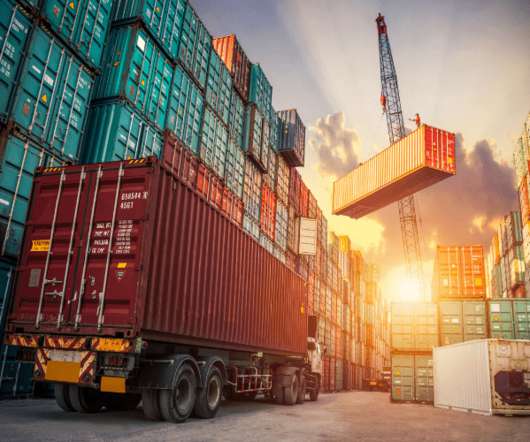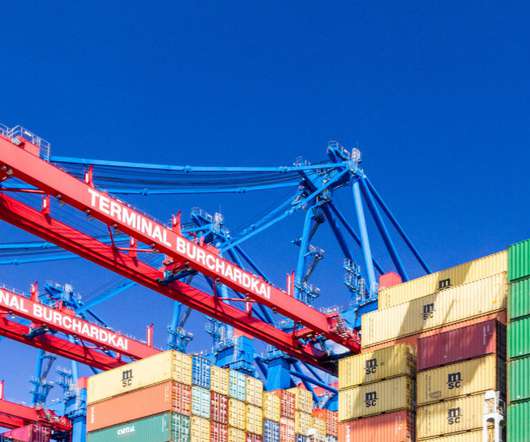100+ Supply Chain Crisis Statistics: Raw Materials, Covid-19, Labor Shortages, and More
ToolsGroup
APRIL 1, 2022
How the War in Ukraine is Impacting the Supply Chain and Raw Material Prices. Increased Prices Resulting from Shortages and Supply Chain Issues. Increased Shipping Costs, Delays, and Transportation Issues. How Labor Shortages Have Hurt the Supply Chain. Covid-19’s Impact on the Supply Chain Crisis.
















Let's personalize your content